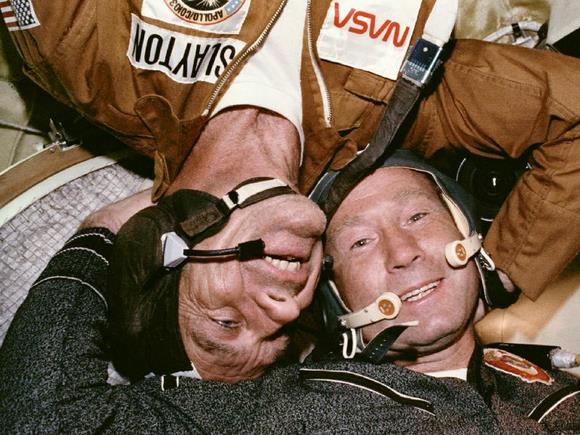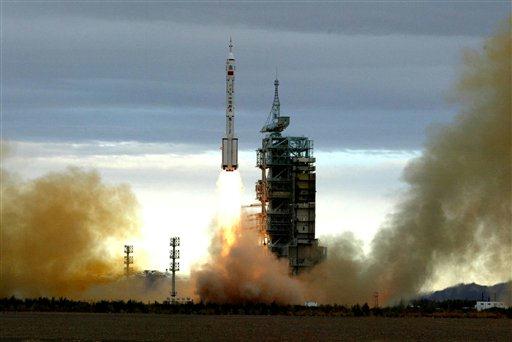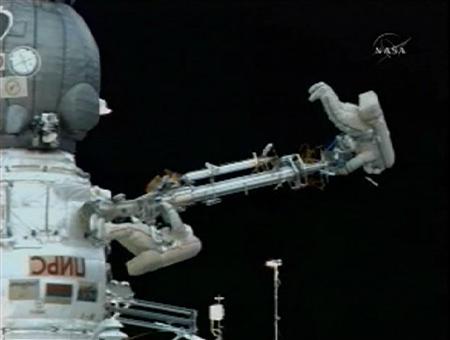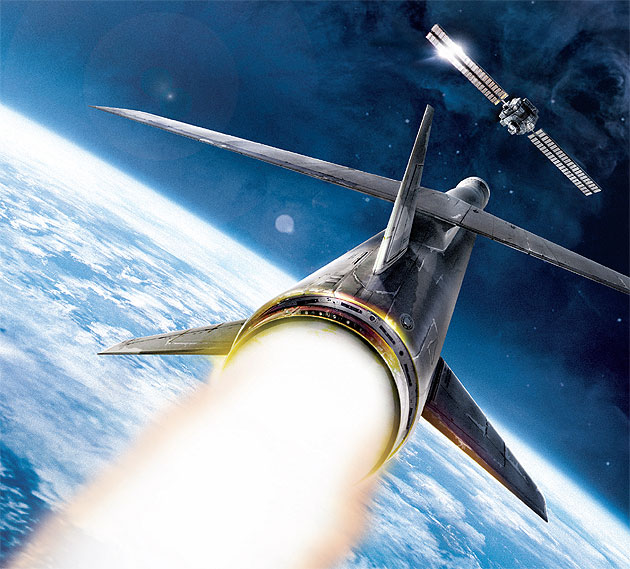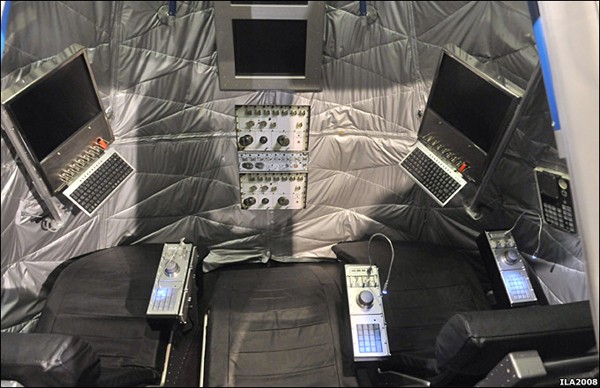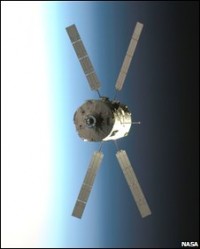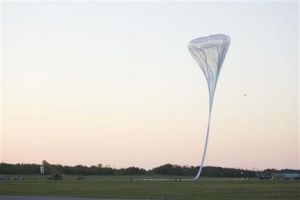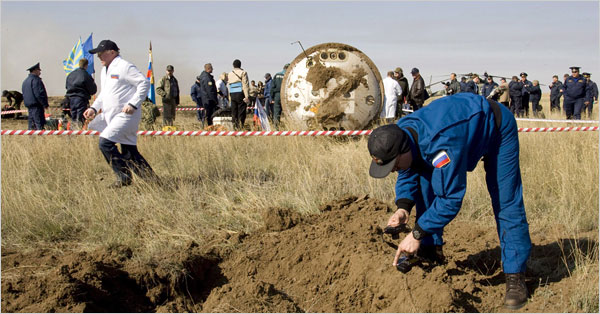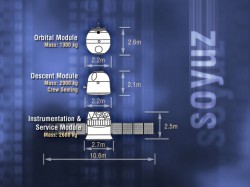[/caption]
On July 17, 1975, something momentous and unprecedented happened: two Cold War-rivals met in space. The Apollo-Soyuz Test Project saw spacecraft from the United States and the Soviet Union docking together in space, ushering in a new era of cooperative ventures between the two countries that once were rivals in the “space race.” Preparing for the mission, the astronauts and cosmonauts had to visit each other’s countries for training, and the two space agencies had to share classified information with each other in order for the rendezvous and docking to work successfully. A few years ago, Tom Stafford, one of the American astronauts said the Apollo-Soyuz mission “showed the whole world that if the Soviet Union and America could work together in space, they could work together on the Earth.”
We almost take this cooperation for granted now, as for more than a decade, American astronauts and Russian cosmonauts have been regularly living and working together in Earth orbit, first in the Shuttle-Mir program, and now on the International Space Station. But, before the two Cold War-rivals first met in orbit, such a partnership seemed unlikely. Since Sputnik bleeped into orbit in 1957, there had indeed been a Space Race, with the U.S. and then-Soviet Union driven more by competition than cooperation. When President Kennedy called for a manned moon landing in 1961, he spoke of “battle that is now going on around the world between freedom and tyranny” and referred to the “head start obtained by the Soviets with their large rocket engines.”
But by the mid-70s things had changed. The U.S. had “won” the race to the moon, with six Apollo landings between 1969 and 1972. Both nations had launched space stations, the Russian Salyut and American Skylab. With the space shuttle still a few years off and the diplomatic chill thawing, the time was right for a joint mission.
The Apollo-Soyuz Test Project would send NASA astronauts Tom Stafford, Donald K. “Deke” Slayton and Vance Brand in an Apollo Command and Service Module to meet Russian cosmonauts Aleksey Leonov and Valeriy Kubasov in a Soyuz capsule. A jointly designed docking module fulfilled the main technical goal of the mission, demonstrating that two dissimilar craft could dock in orbit. But the human side of the mission went far beyond that.
Original News Source: NASA Image of the Day

